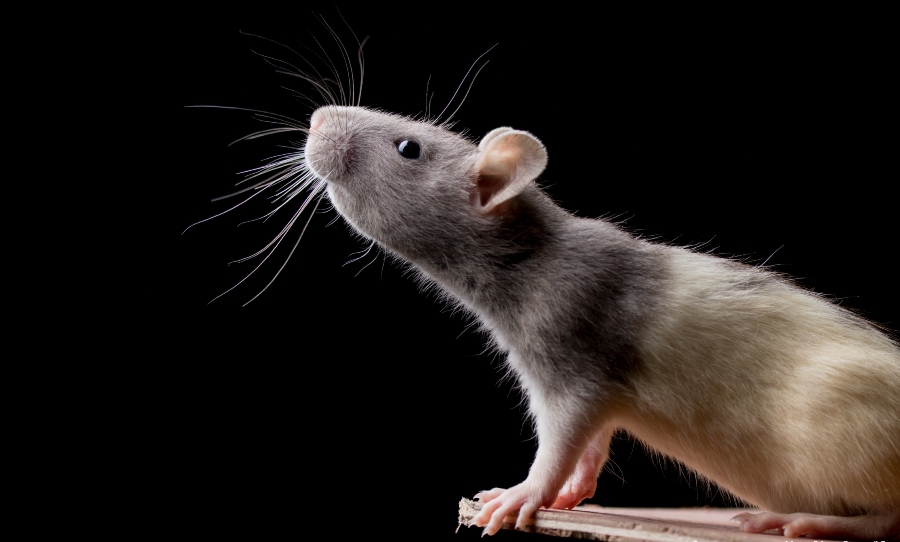A promising designer gene therapy is allowing paralysed mice to walk again, with the hopes that humans could be next.
Some good news is on the horizon for 2021, after a team of researchers were able to restore movement in mice that had suffered a “complete spinal cord crush,” thanks to the development of a signalling protein.
The protein, known as hyper-interleukin-6 (hIL-6), does not occur naturally and can only be produced via genetic engineering.

Published in the journal of Nature Communications, the study authors found that using gene therapy to stimulate the mice’s neurons allowed the animals to start producing the protein, causing the damaged nerve cells (axons) to regrow in just a few weeks.
Currently, paralysis resulting from severed nerve fibres in the spinal cord has been permanent and irreparable. A type of signalling molecule known as a cytokine, hIL-6 can signal select cells to regenerate.
In fact, scientists from the Department for Cell Physiology at Ruhr-Universität Bochum (RUB) in Germany previously found that the hIL-6 protein could also cause damaged axons in areas as complex as the visual cortex to regenerate.
Wow.
— Vincent I Torres (@DragonShadow384) January 16, 2021
However, to determine hIL-6’s effectiveness at repairing damaged spinal axons, the team injected the brains of injured mice with a virus that contained the necessary genetic code for the production of hIL-6. This virus delivered the blueprint for protein production to specific nerve cells, called cortical motoneurons. These motoneurons are easily accessible and can communicate with other parts of the central nervous system, which are vital for movement processes like walking.
Most amazingly, these cortical motoneurons are also linked via axons to the raphe nuclei, which sit within the brainstem and are the primary producers of the neurotransmitter serotonin. Technobabble aside, serotonin not only plays a crucial role in big-nights, but also in locomotor recovery following spinal cord injuries. But, the raphe nuclei’s position made them impossible for researchers to access directly – until now.
“Thus, gene therapy treatment of only a few nerve cells stimulated the axonal regeneration of various nerve cells in the brain and several motor tracts in the spinal cord simultaneously,” Professor Dietmar Fischer noted.
“Ultimately, this enabled the previously paralyzed animals that received this treatment to start walking after two to three weeks. This came as a great surprise to us at the beginning, as it had never been shown to be possible before after full paraplegia.”
Good news and a breakthrough in medical science. Paralysis resulting from spinal cord damage may be repairable now!
Designer cytokine makes paralyzed mice walk again#spinalcorddamage #spinal_cord
https://t.co/ZxTtvgKN72— Sepehr Mozafarian (@mozafarian) January 16, 2021
The research team is now investigating the extent to which hIL-6 can be combined with other measures to achieve additional regenerations. Furthermore, the team are also exploring whether the treatment still works in mice, even if the injury occurred several weeks previously.
“This aspect would be particularly relevant for application in humans,” Professor Fisher said.
“We are now breaking new scientific ground. These further experiments will show, among other things, whether it will be possible to transfer these new approaches to humans in the future.”



